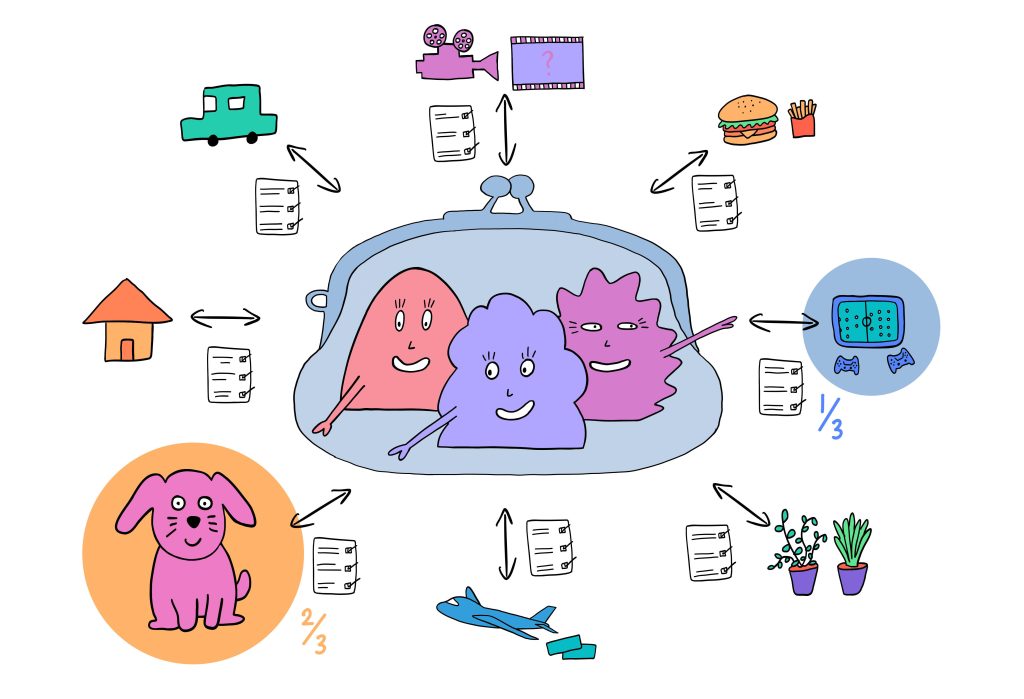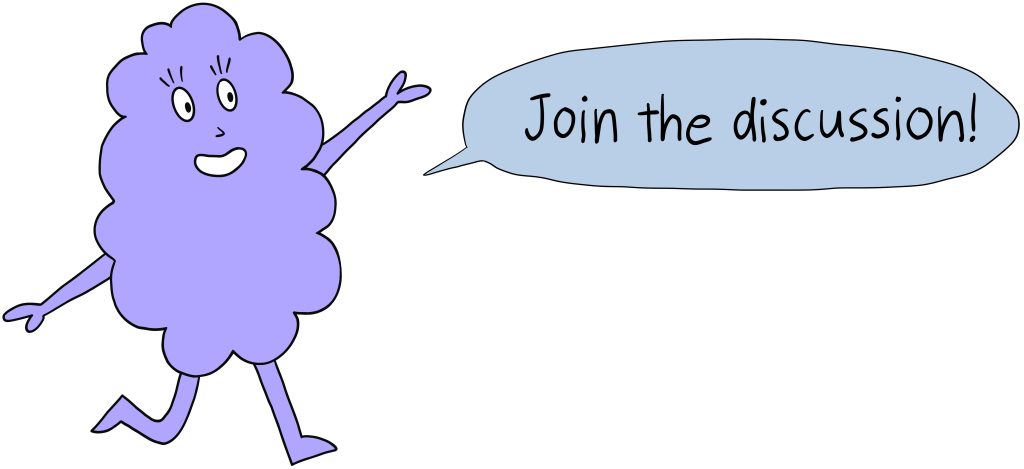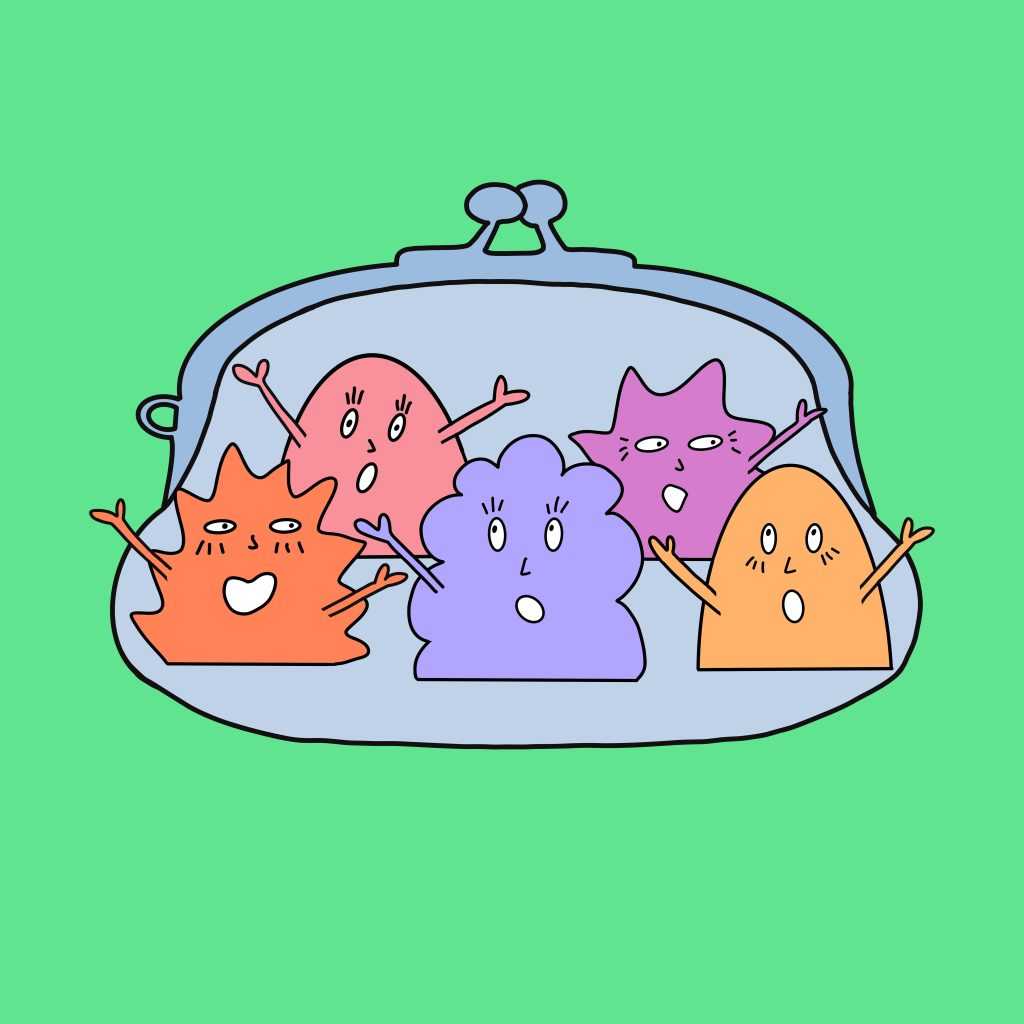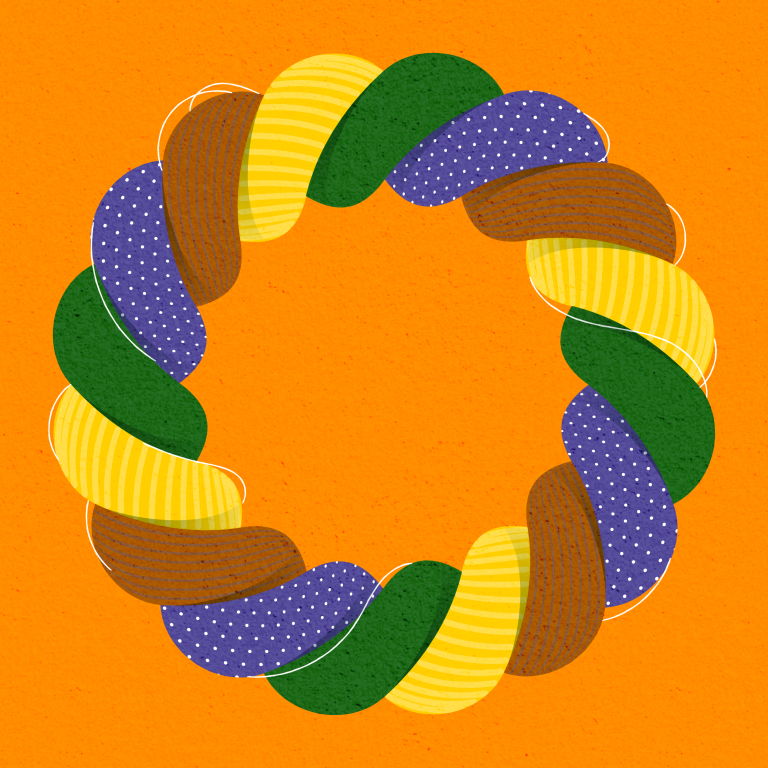DAOs have been booming in popularity recently: at the beginning of 2022, there were ~4,000 active DAOs, with even more created in the past two years. The hype isn’t just about the number of DAOs, but also the weight that is behind them: during this time, they have raised billions of dollars in capital, including one notable example in November 2021, when ConstitutionDAO raised upwards of $47 million in a week in order to win a copy of the Constitution.
While DAOs seem to have their own force, vitality, and will to turn ideas into reality, what are they really? We can spell out the acronym — “decentralized autonomous organization” — but how much does that really tell us? To what extent is this organization decentralized and autonomous, what kinds of problems does this structure solve, and what are the benefits and risks of using it?
There are many definitions of DAOs, but one of the best ones I’ve heard is that they are “group chats with a community wallet.”
Acknowledging that there are many nuances, this definition succinctly captures the essence of what a DAO is: a group of people gather (usually in a digital space, though regular in-person gatherings are encouraged), work on projects together, and vote on how the available funds are allocated.

What’s special about DAOs?
Coordination of work or funds isn’t necessarily a novel idea, as there have been previous structures where this need existed: companies are created for exactly this reason. So what makes DAOs different?
Programmable money = programmable incentives
Many economists talk about “efficient markets.” If we assume people are rational agents, and are motivated by profit, then behaviors go where money flows.
If people are incentivized by money, and crypto-currency is essentially programmable money, then web3 unlocks an opportunity to program incentives. DAOs provide structural containers for this to occur iteratively.
The simplest example here is having a public bounty board: DAOs will list out tasks they need to do, as well as the reward for finishing the task. Anyone can find the bounty board, complete the task, and once verified (either by the admin of the DAO or automatically), claim the reward — sometimes in DAO tokens, stablecoin / ETH, or some other currency that has some value.
This may seem conventional enough, but given the nature of programmable tech and its applicability, this unlocks value in ways we can be more creative about, like rewarding more “soft” behavior that contributors usually don’t get paid for. This may include:
- being helpful or active in the community / socializing (eg, having a bot in the Discord / group that keeps a leaderboard of who has been active that week, and distributing tokens to the top 3 users)
- taking meeting notes and sending out summaries
- suggesting ideas that end up being selected
- contributing to open-source code
There have also been talks of entire towns, like Shiwa in Japan, hoping to convert 100% of their citizens into a DAO. In this way, municipalities can compensate citizens for recycling, volunteering, or keeping their city clean in more tangible ways.
Incentive structures to account for “tragedy of the commons”
This new way of designing incentives allows the flexibility to promote behaviors communities want more of, including rewards for maintaining public goods, which are typically prone to “tragedy of the commons.”
💡 “Tragedy of the Commons is an economic and environmental science problem where individuals have access to a shared resource and act in their own interest, at the expense of other individuals. This can result in overconsumption, underinvestment, and depletion of resources.” — Earth.org
As public goods are defined by non-excludable and non-rivalrous characteristics (see chart below from Stanford Encyclopedia of Philosophy), there is no incentive for rational agents to volunteer their time or energy to maintain them, even though they create disproportional value.
| Characteristic | Rivalrous | Non-rivalrous |
| Excludable | Private goods (homesteads, bathroom cleaners) | Club goods (Sports clubs, movie theaters) |
| Non-excludable | Common resource goods (fish stocks) | Public goods: local (fire protection), national (national defense), global (climate mitigation practices), partial (parades) |
Government services are often used to mitigate the deterioration of public goods. However, oftentimes there are too little resources for too many public goods, and both efforts and capital can become spread thin. For example, there is a problem of akiya (empty homes) in Japan: by 2030, about 1 out of every 3 homes will be abandoned. For social good problems like these that have been long-lasting, without market arbitrage from privatized companies, as real estate assets depreciate over time, DAOs could be a viable model for community-oriented projects.
Highlighting one organization that we will be doing a deeper dive on later, AKIYA is a DAO-like organization based in Japan. Their mission is to transform abandoned houses into decentralized and co-governed creative residencies, focused on local revitalization and collective use of underutilized resources.
Public goods are a hard problem to solve, due to diffused responsibility and lack of trust. Specifically on the latter, there’s also the feeling that we may get exploited if we continue to put ourselves on the line: “Why try so hard to preserve something when no one else is opted in?” This interactive and educational web-game, “The Evolution of Trust,” illustrates the concept of game theory and trust.
When we live in a society that has more trust, we take care of others more because we feel more taken care of. As cities grow, it is harder to know everyone around you, but is it possible to maintain general trust and coherence?
Technology for social good
One of the larger problems that DAOs aim to solve is using technology to decouple anonymity and trustlessness.
Let’s take ride-sharing apps as a more concrete example of an experience that’s relevant today. Previously, an average person would not have gotten into some random person’s car, and expect to get to their destination safely. Now, with a platform, with verification, a rating system, and report / feedback option, many people call Ubers as frequently as they do taxis.
Uber, in this way, has changed the way we think about transportation: in decreasing the arbitrage between people willing to make some money by giving rides, and the people who are willing to pay money for transportation. In sharing a common interest, this platform plays matchmaking to allow both participants to reach their goal — while you may not necessarily “trust” or personally know your driver outside of the app, there is trust in the app working, or for you to reach your destination on time.
In this regard, anonymity and trustlessness are decoupled: you don’t have to trust the person — you just have to trust the platform — and therefore, allows for more value to be captured on both sides.
To extend the analogy further, DAOs do the same and also give both drivers and riders a piece of the pie, through both financial upside and governance rights.
- Financial upside: As contributors of the DAO, drivers could be paid in tokens, which represent forms of micro-equity in the company. As the value of the company increases, so will the tokens. As the company scales, the users could also have options to be paid in either tokens or cash (or a mix of both), they can retain agency in that aspect as well.
- Governance rights: Historically, rideshare drivers are underpaid, as the companies collect up to 50% of fares. In a DAO-like scenario, a member (i.e. driver), could create a proposal for increased wages (or tokens), rally those who share similar values, and have the stakeholders — not only financial stakeholders, but drivers, riders, and other constituents — vote on it, instead of waiting for regulation to pass.
Some other problems and solutions are in the following table:
| Problem | DAO Solution |
| centralized decision making | can operate with no central leadership; progressive decentralization |
| infrastructure roadblocks to starting a company | lightweight structures; can even spin up a DAO in a day without waiting for approval or regulation |
| tragedy of the commons | DAOs can create special incentives or reward systems for maintaining shared goods |
| requiring trust before coordination | decoupling anonymity and trustlessness |
Potential DAOubts
At this point, you may be wondering: if DAOs are able to solve so many problems, why aren’t they more widely adopted, or the default structure to any organization?
When a new technology is launched, often the infrastructure is not robust enough to account for loopholes people (especially hackers) may find in the system. While DAOs can be used to harness a lot of social good, many may also find ways to abuse it.
Initially there still must be trust between the early members of any DAO, as the structure starts off centralized. When a DAO is first created, typically, the founder must create a wallet for the funds to be deposited into. While someone can examine the smart contract code, and see that a payment will, beyond a shadow of a doubt, be rewarded to someone who completes the task, there’s also always a chance that the controller of the treasury may run with the money. Especially if the founder isn’t doxxed (showing their real name / face, or tying their crypto wallet to their IRL identity), anonymous users may take advantage of spinning up a strong narrative, getting people to “buy into” their token, and then abandoning the project with no real legal consequences.
Progressive decentralization plays a strong role here in DAO-ethos: over time, as more funds are deposited, a group of people invested in the DAO’s success create a multi-signature wallet. This type of tool requires the signatures of a quorum (i.e. 3 out of 5 trusted signers) to approve a transaction, so no one person that has access can, for example, move all the money into their own personal wallet.
On the other hand, DAOs are also susceptible to decentralizing too quickly, losing sight of their core mission, ethos, and becoming too fractionalized to share a common objective, as an organized goal ultimately allows for more alignment and coordination. There is a delicate balance between maintaining the integrity of the original goal and being flexible to new values, and to what extent either should be enforced. Additionally, “trust,” write-access, or multi-sig powers could be given “too quickly” to bad actors pretending to care about the project, or even bots.
As we talked about DAOs creating an opportunity for new forms of value-capture and experimental containers for incentive structure, the same technology could also incentivize and reward harmful actions, like violence or cyberbullying. Due to the nature of decentralization, the will of the DAO represents the collective will of its members, not just one person, nor values of the broader society.
The Future of DAOs
People aren’t perfect coordinators — there will always be differences in visions, values, and ethics, which may lead to disagreements and misaligned values. Wars, violence, and a plethora of suffering have emerged from failed attempts to reconcile these beliefs.
However, as DAOs are lightweight structures that we can create, there can be more ways for us to iterate on incentive design and collectively learn together and develop better motivators for society. We are still learning to adjust our behaviors around the growing technology of blockchain — the UX is still in its amateur stage. As web3 becomes more inclusive and accessible, it will make its way into the mainstream, and more robust infrastructure will emerge: to protect users, to add liability and responsibility to those who wield power.
We already have tools at our disposal that allow anyone to start DAOs at any moment: all it takes is an idea, and willingness to experiment. Arguably the harder part to get right is the cultural element of coordination among unknown agents and respect for collective good: these elements are embedded in a much deeper psychology, and therefore harder to change.
However, one of Japan’s unique features is its ability for coordination: everyone’s seemingly inherent belief in and respect for the social contract. This represents an exciting opportunity for an innate acceptance for a technology like web3 to be adopted in this country: in other words, it is instinctual.
With this fertile ground already in place, Japan has been pushing crypto adoption at a nationwide level. In fact, the country’s ruling Liberal Democratic Party has already published a white paper on how to decrease business bottlenecks to support the growing industry. DAL hosted a local DAO event in Tokyo earlier this year, where local governments, Japan-based DAOs, and web3 leaders gathered to discuss projects and initiatives currently happening in the space. As regulation is being developed, there is a need to understand actual DAO cases to set context for more applicable laws and policy.
Change often begins with demand from individual constituents from a bottom-up point of view, but when it is met with top-down efforts in the form of regulations and policy, we may more efficiently meet in the middle.
The potential for DAOs lies not only in their ability to create technology that allows for facilitation between trustless agents, or from the possibilities for new incentive mechanism design. It lies in its ability to promote more inherent trust in the world: in increasing the capacity to coordinate, empathize, and think together as a collective unit. The differences and varieties between humans are not a weakness, but a strength in being able to observe and experience more of the world, and therefore lead to more resilient solutions.
Blockchain represents the closest technology we have to programming the collective unconscious. If DAOs are emergent, living, and dynamic phenomena of our own belief systems, then there is a responsibility to watch over them, and see to their organic growth as a united front.

The ethos of DAOs is centered around participation, governance, and collective action. Because of this, every voice counts — ranging from those who are already very familiar with the web3 space, to those who are completely new.
We’ve provided a space for you to get involved in the discussions with our community below. Feel free to add your answers, quote tweet this article with “#DALDAODiscussion” for relevant comments, and share your viewpoints with each other.
The landscape is constantly shifting; this is an invitation for you to join the conversation and help collectively shape the future of DAOs together.
Discussion Questions
- What organizations should we decentralize? Which organizations should stay centralized?
- Is web3 more useful if it is mainstream? If so, how do we onboard the next generation of web3 users?
- What other structures (coops, corporations, coliving, unions, etc) do you think DAOs should take inspiration from?
Michelle Huang is an Experience Architect at DAL. She is creative technologist and founder of Akiya Collective. (michellehuang42@gmail.com)
Illustration: Asuka Zoe Hayashi





